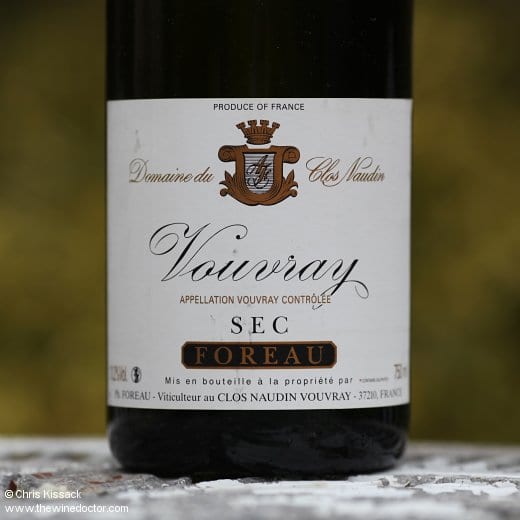Armand Foreau
Having left behind the rural tranquillity of Vouvray in order to serve his country during the Great War, Armand Foreau returned home as a civilian only after the cessation of hostilities, in 1919. Whether or not he had a few vines in his possession at this time I cannot be certain, although it seems likely; in Vouvray, it wasn’t uncommon to own a few rows of vines, and early 20th-century documents listing vignerons in the appellation are very lengthy. Nevertheless, it was not until 1923 that he established the Domaine du Clos Naudin, acquiring a small swathe of vineyards around the house that forms the heart of the domaine, on the Rue de la Croix Buisée, and also some just to the south on the première côte.
It was Armand who therefore took the Foreau family into viticulture for the first time; in this he is therefore analogous to Catherine Champalou and Bernard Fouquet, both of whom I regard as first generation vignerons (even though I acknowledge that both Catherine and Didier Champalou are in truth descended from winemaking stock, and Bernard’s father André certainly bottled and sold some wines in his time). The main difference, of course, is that Armand preceded these other great names of Vouvray by something like eight decades. Armand Foreau first crops up in the Journal Officiel de la République Français: Lois et Décrets in 1925 (published May 24th, 1925) in a list of Vouvray vignerons. As indicated above the list is lengthy one, with a notable number of veuves (widows) included, surely a reflection of the Great War having ended only seven years beforehand. With Foreau on the list are several other noteworthy names, including Poniatowski, several Pinons (presumably one an ancestor of François Pinon) but, of course, no Huet. Victor Huet only acquired Le Haut Lieu three years later, in 1928.

Please log in to continue reading:
